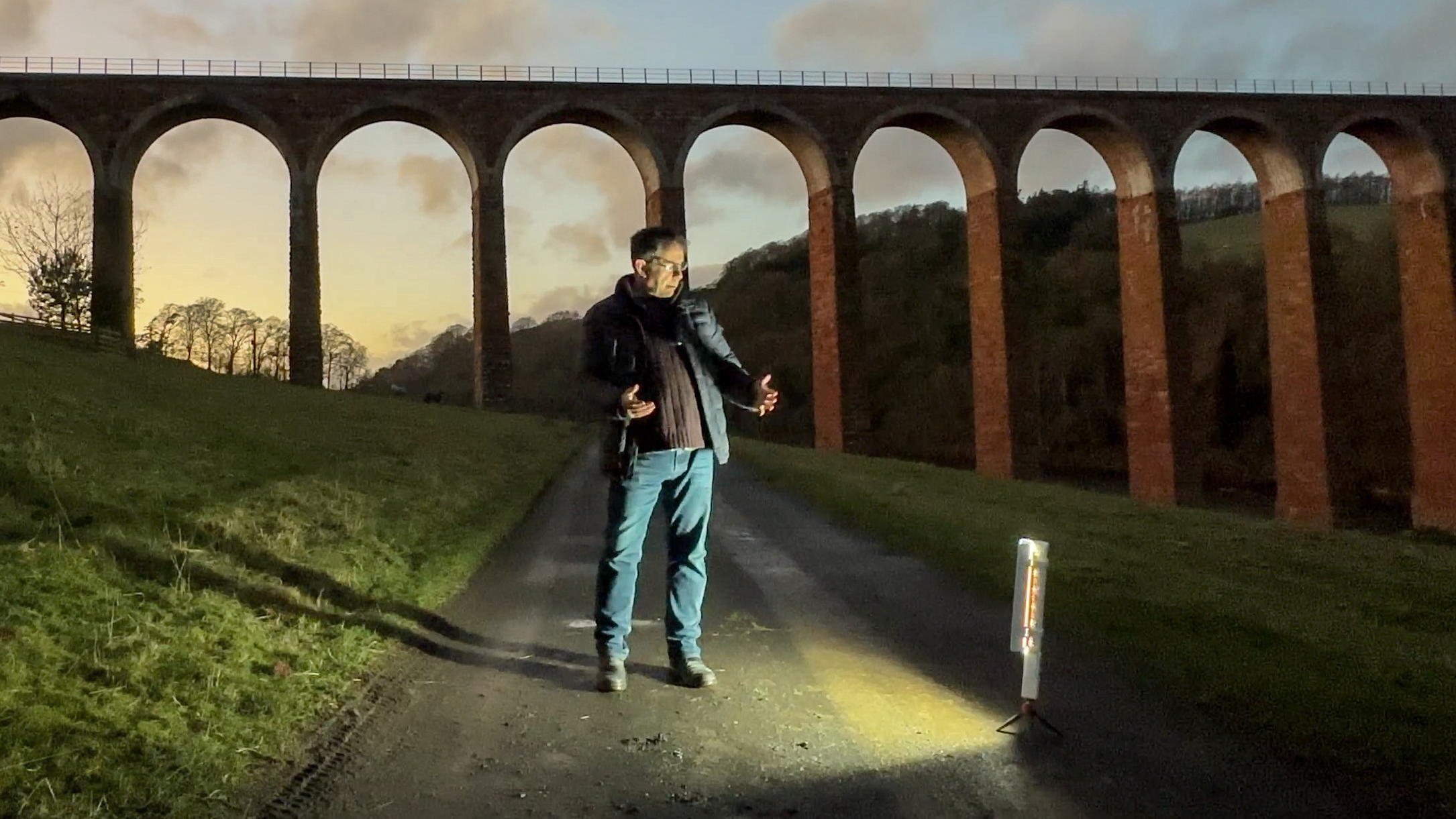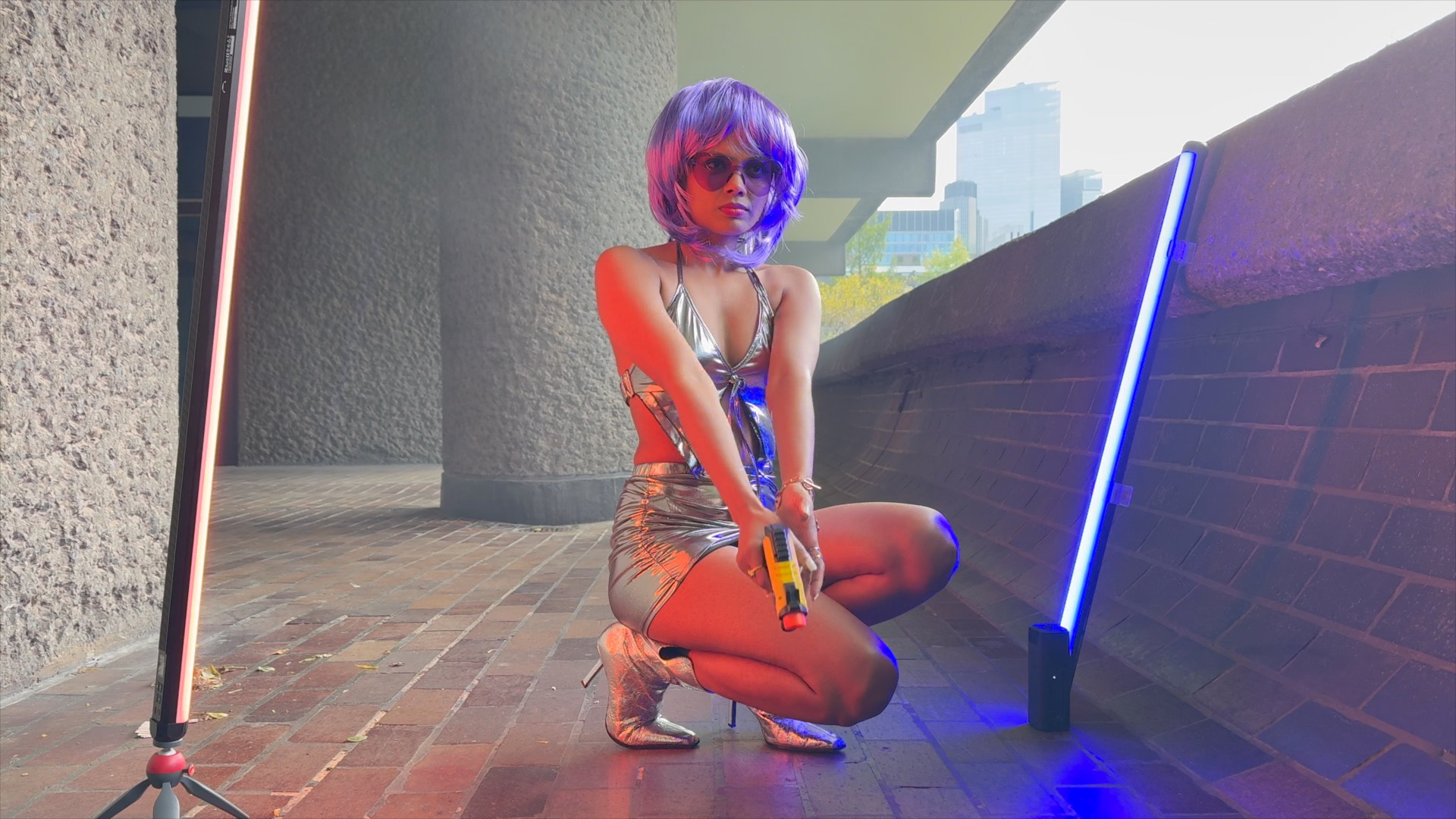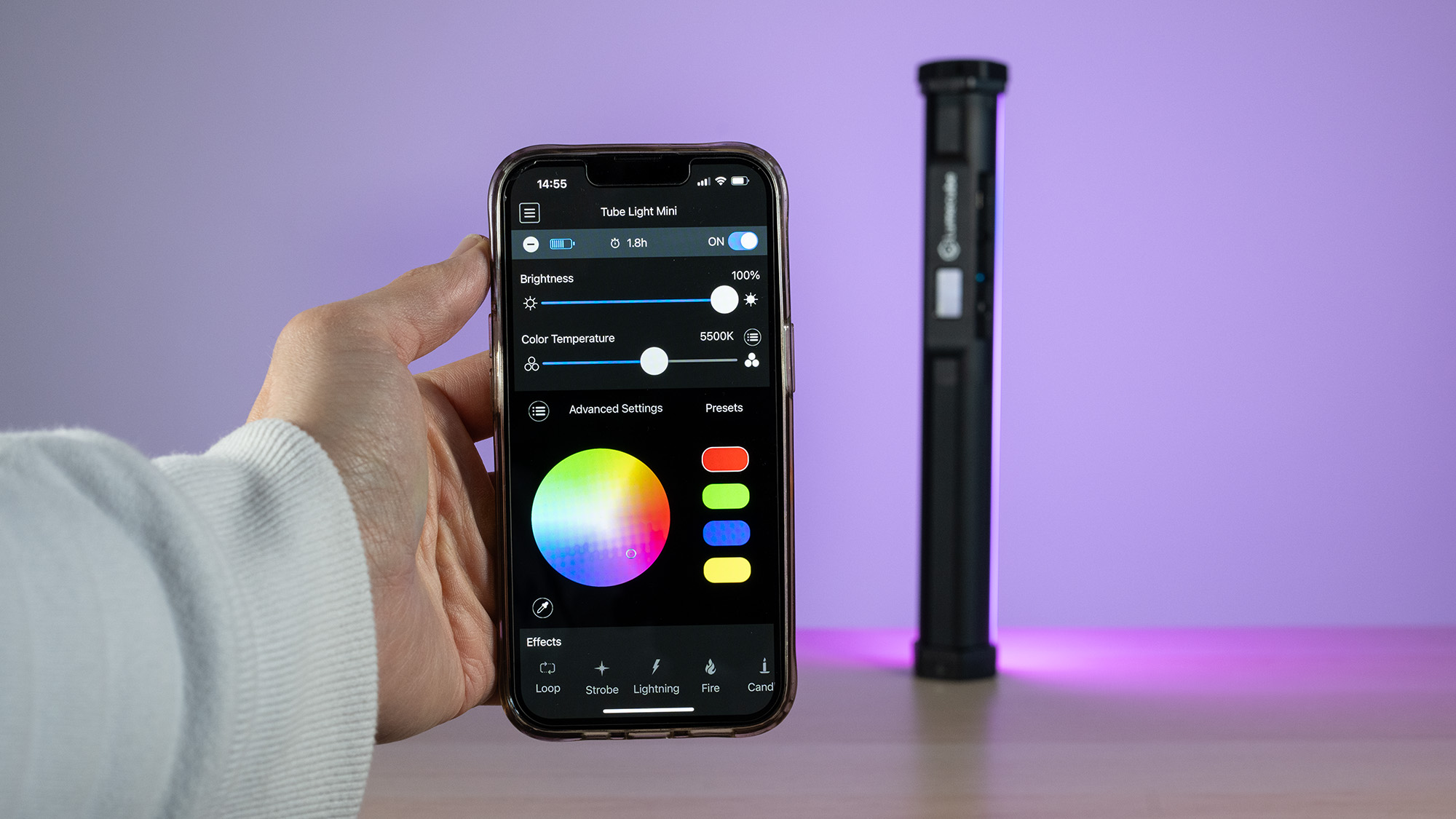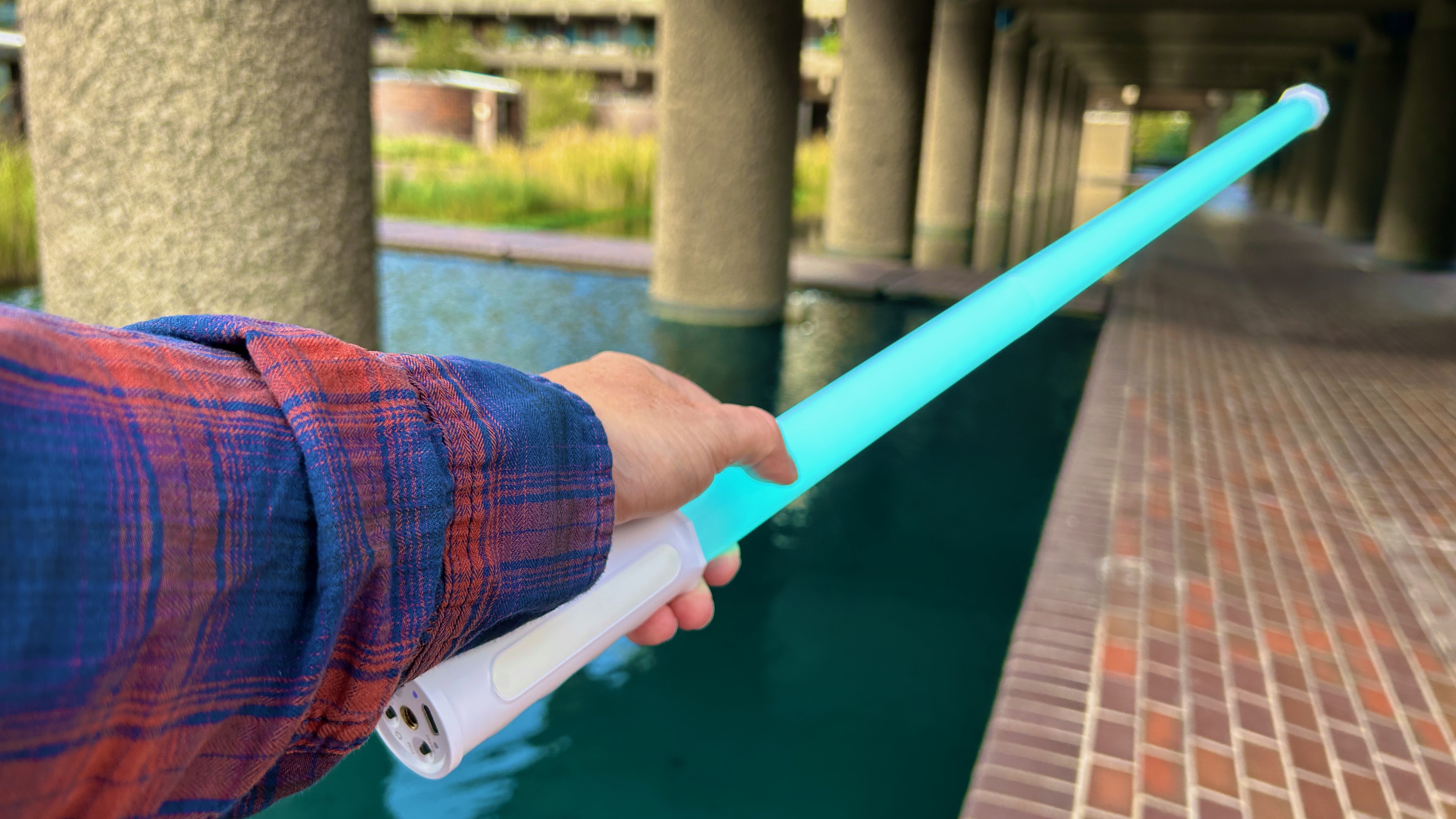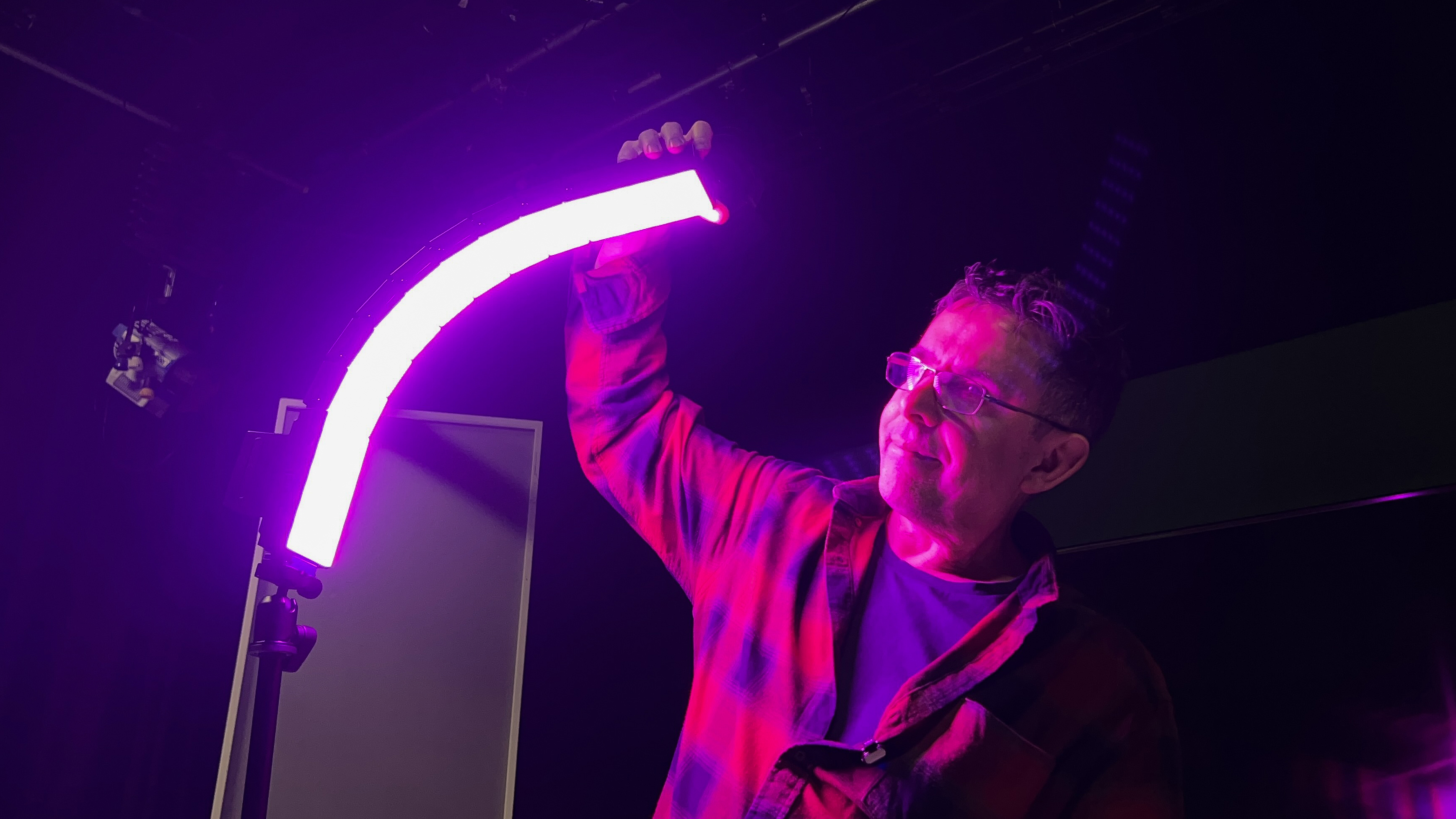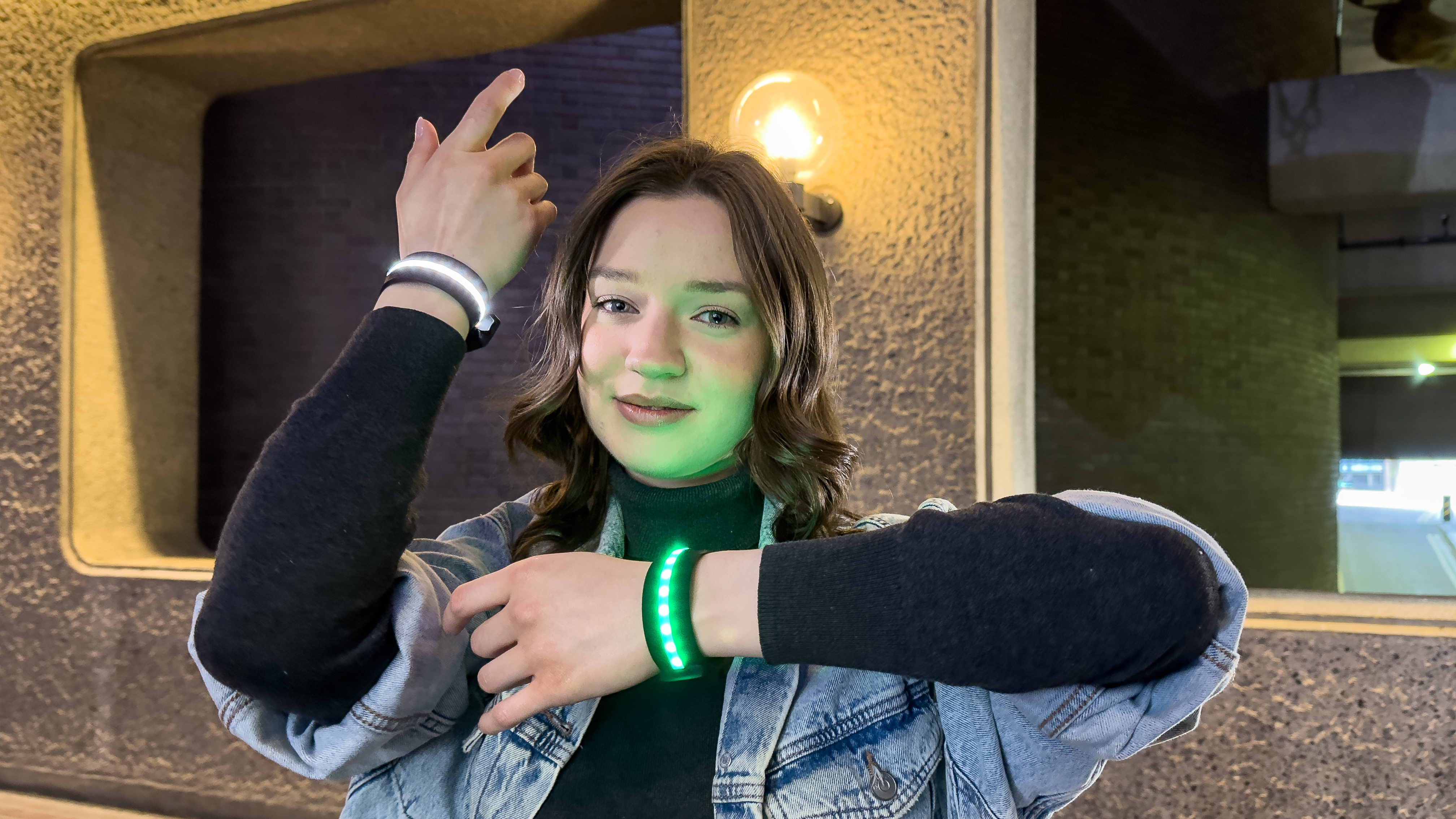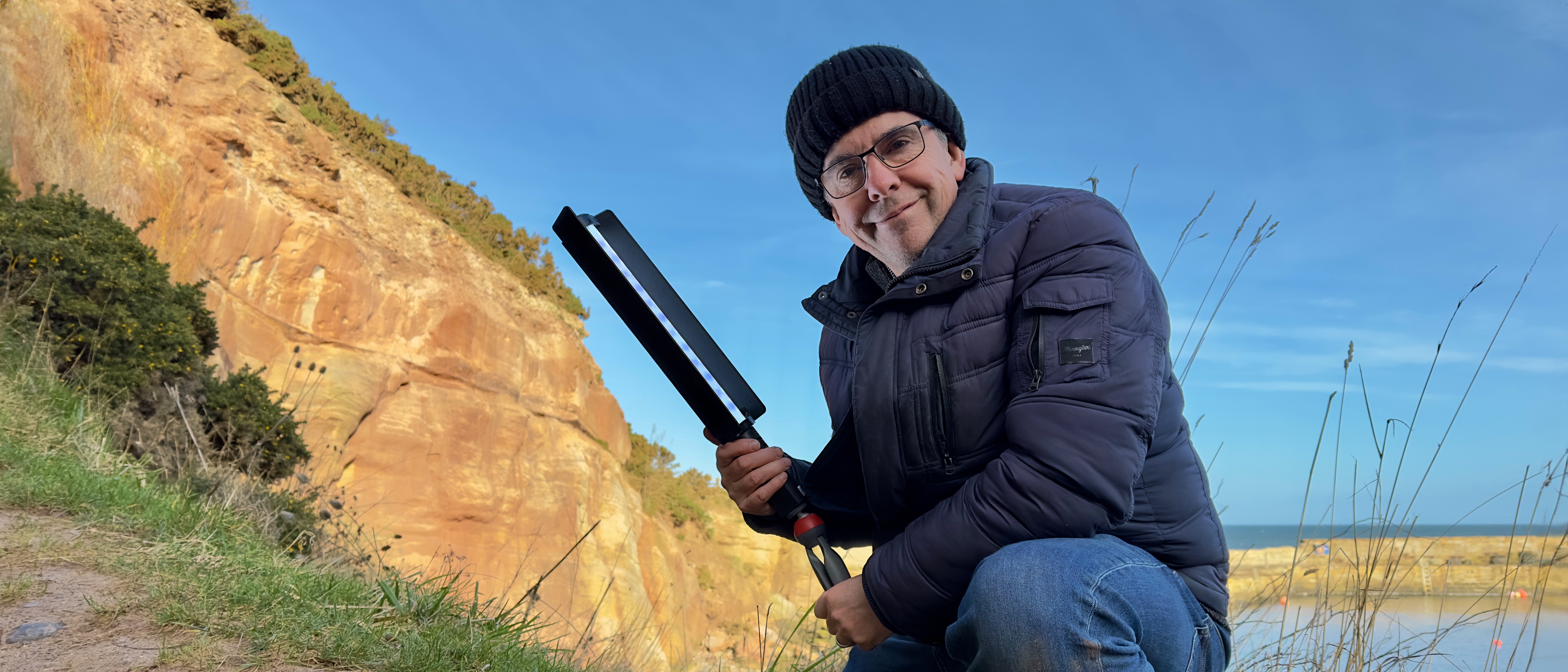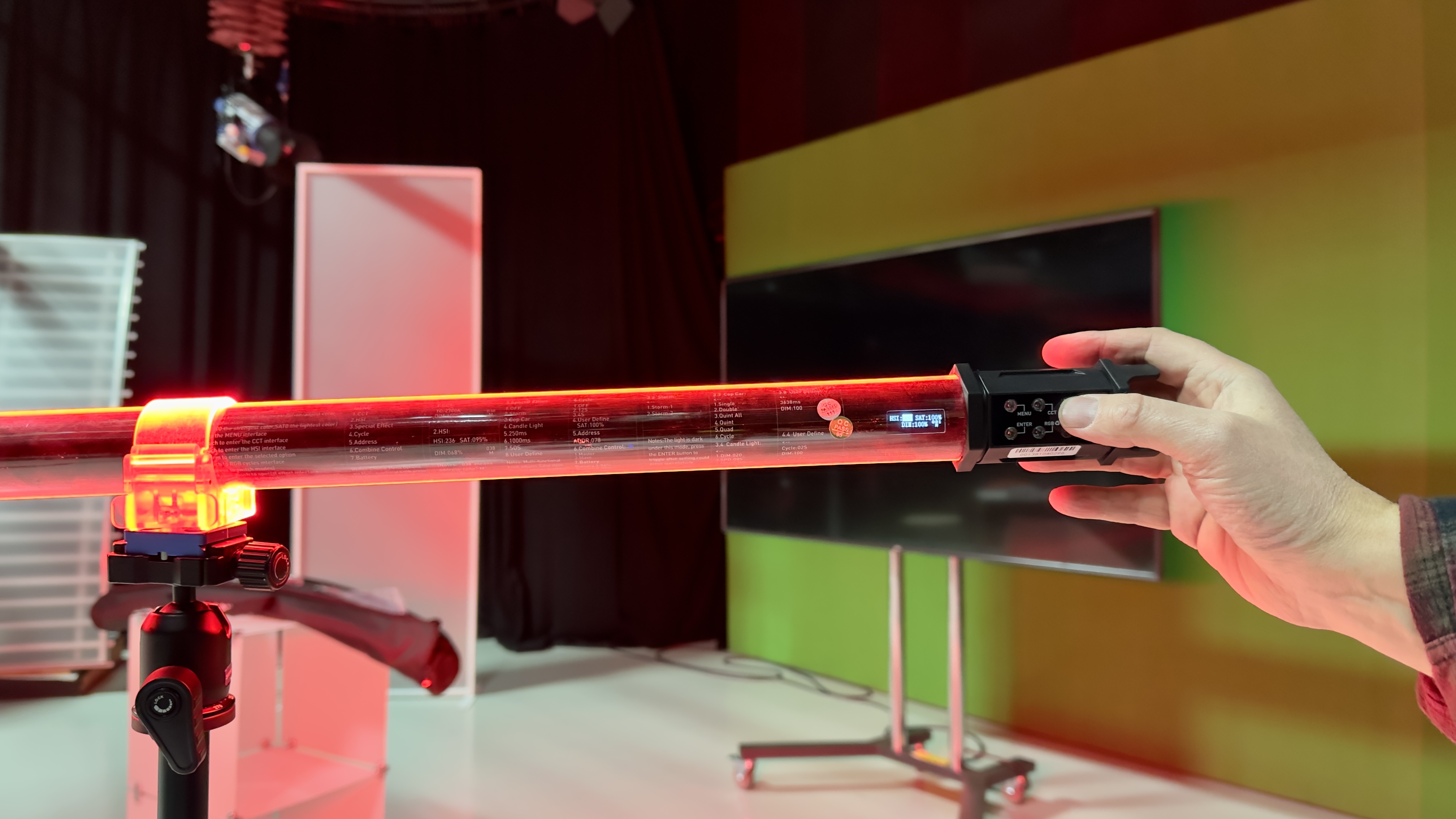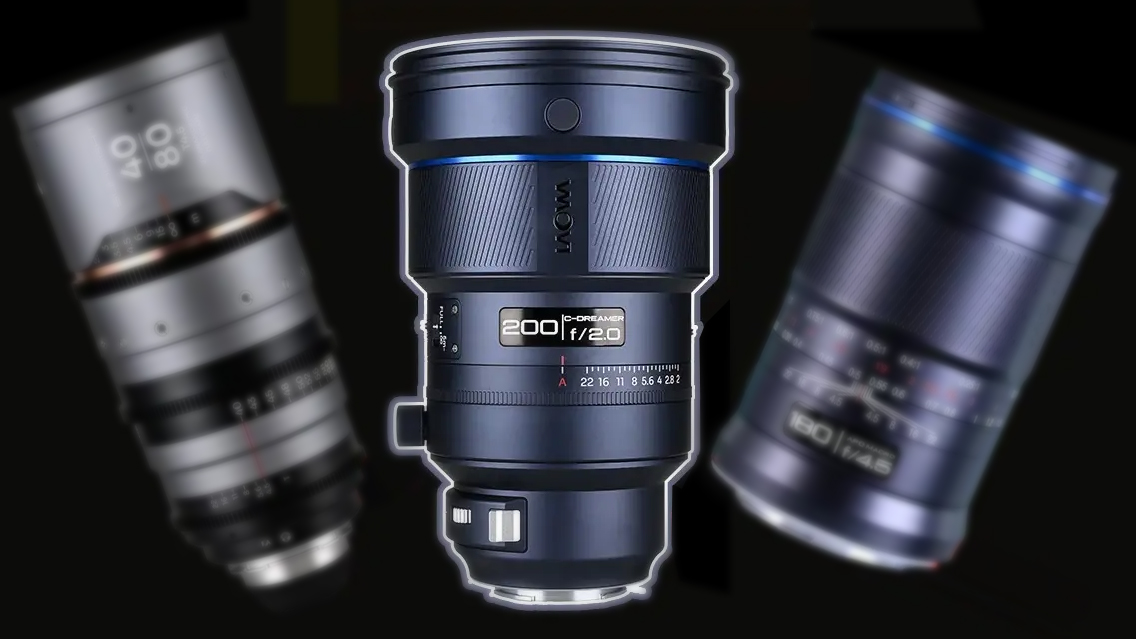The best LED light sticks in 2025: my pick of light wands for photography & videography
Whether you're shooting stills or video, the best light wands and LED light sticks offer a great lighting solution
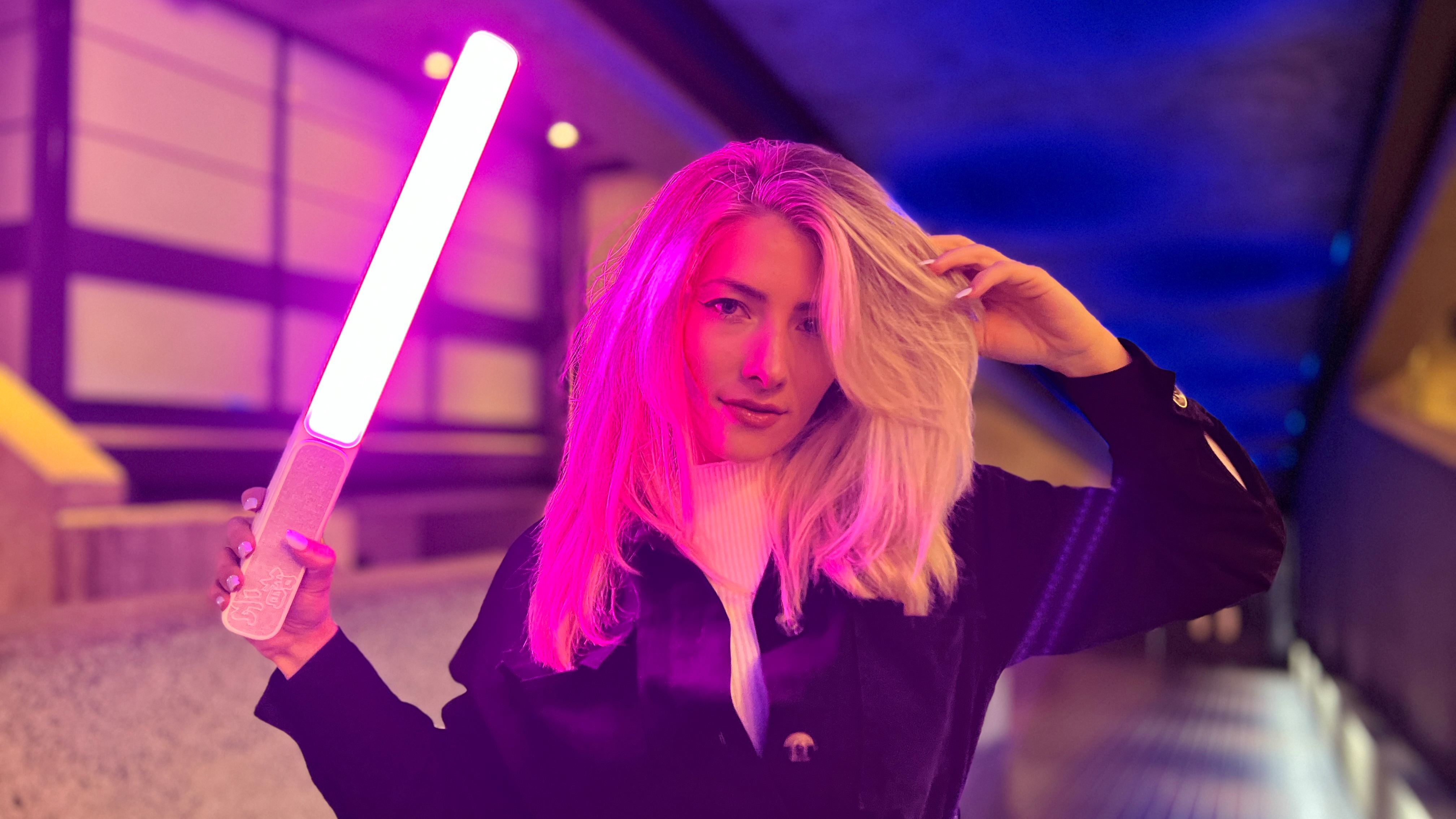
LED light wands, or light sticks, provide an effective (and relatively affordable) alternative to a photographer’s flashgun or a videomaker’s stand-mounted lamp. You don’t need to sync a light wand with your camera’s shutter button as a wand emits a continuous light source.
Thanks to a light wand’s internal battery, creatives are free to shoot in a variety of locations without being tethered to a mains power supply. Plus, of course, light wands are lightweight compared to traditional video lighting kits.
The wands in my guide range in cost due to their size, the strength of the light emitted, and other factors (such as Bluetooth connectivity). Some will suit portrait photography while others are more suited to providing special lighting effects for video sequences. There’s even a wearable mini LED that switches from a stick to a bracelet, which is perfect for creatively enhancing a sports or fashion shoot.

George has been freelancing as a photo fixing and creative tutorial writer since 2002. A lighting expert, he's always looking for innovative ways to make his images more creative, and is your guide to the very best light sticks.
The Quick List

I love this light stick's combination of power and portability when it comes to lighting subjects for photo or video shoots. It's easily one of the best light wands around.
Read more below
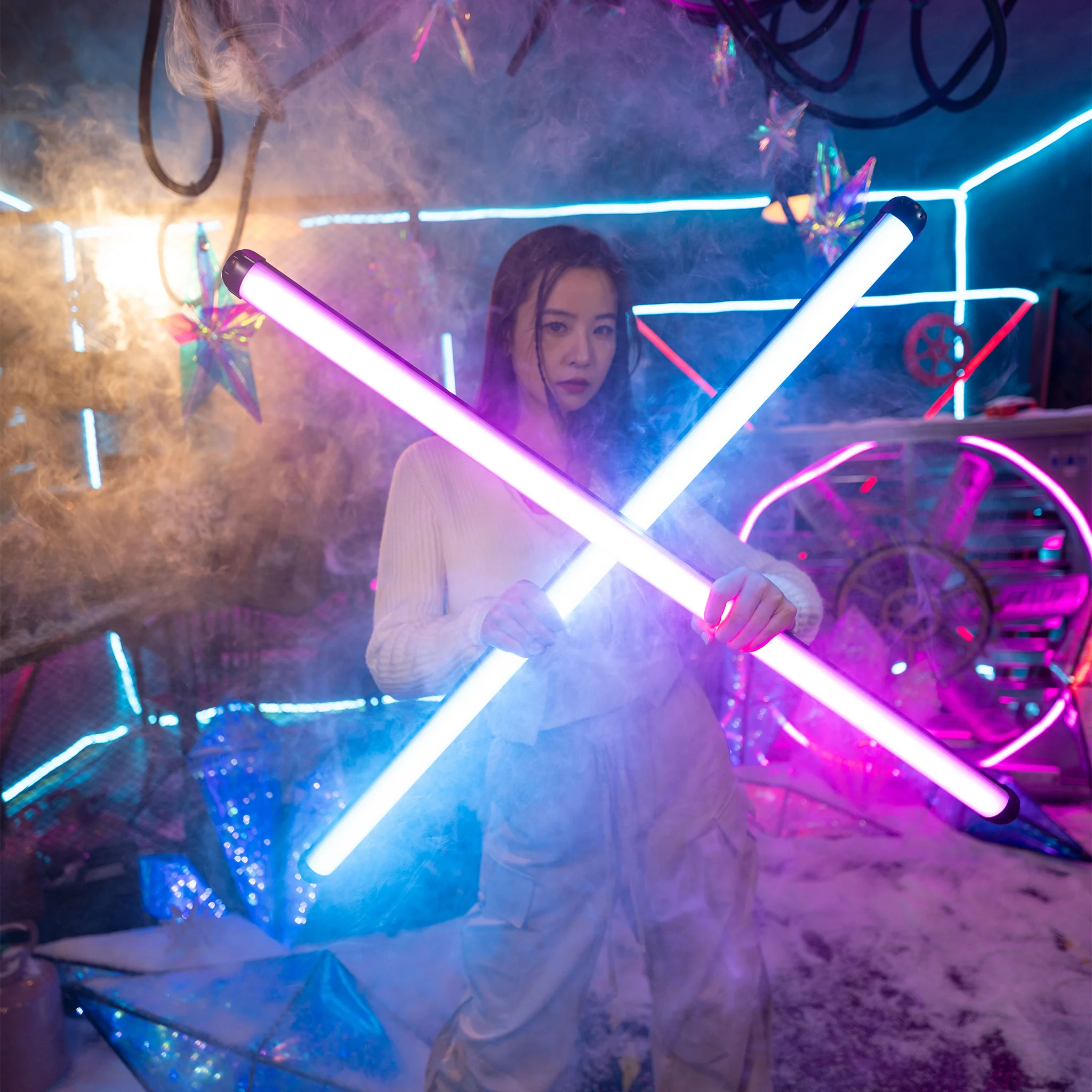
This two-light kit enables one tube to be used as a key light, with the second employed as a fill light to lighten shadows, all with multicolored lighting effects.
Read more below
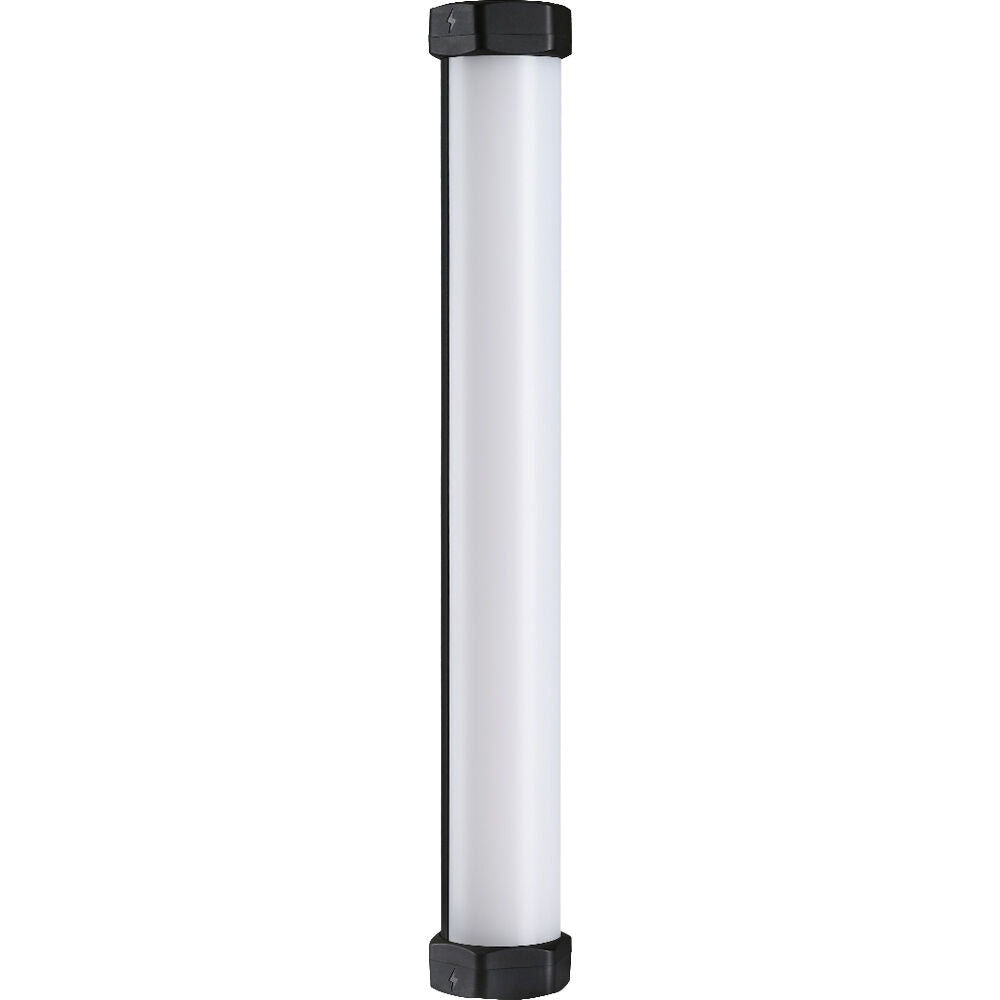
Big things can indeed come in small packages, as this surprisingly powerful yet compact light wand demonstrates.
Read more below
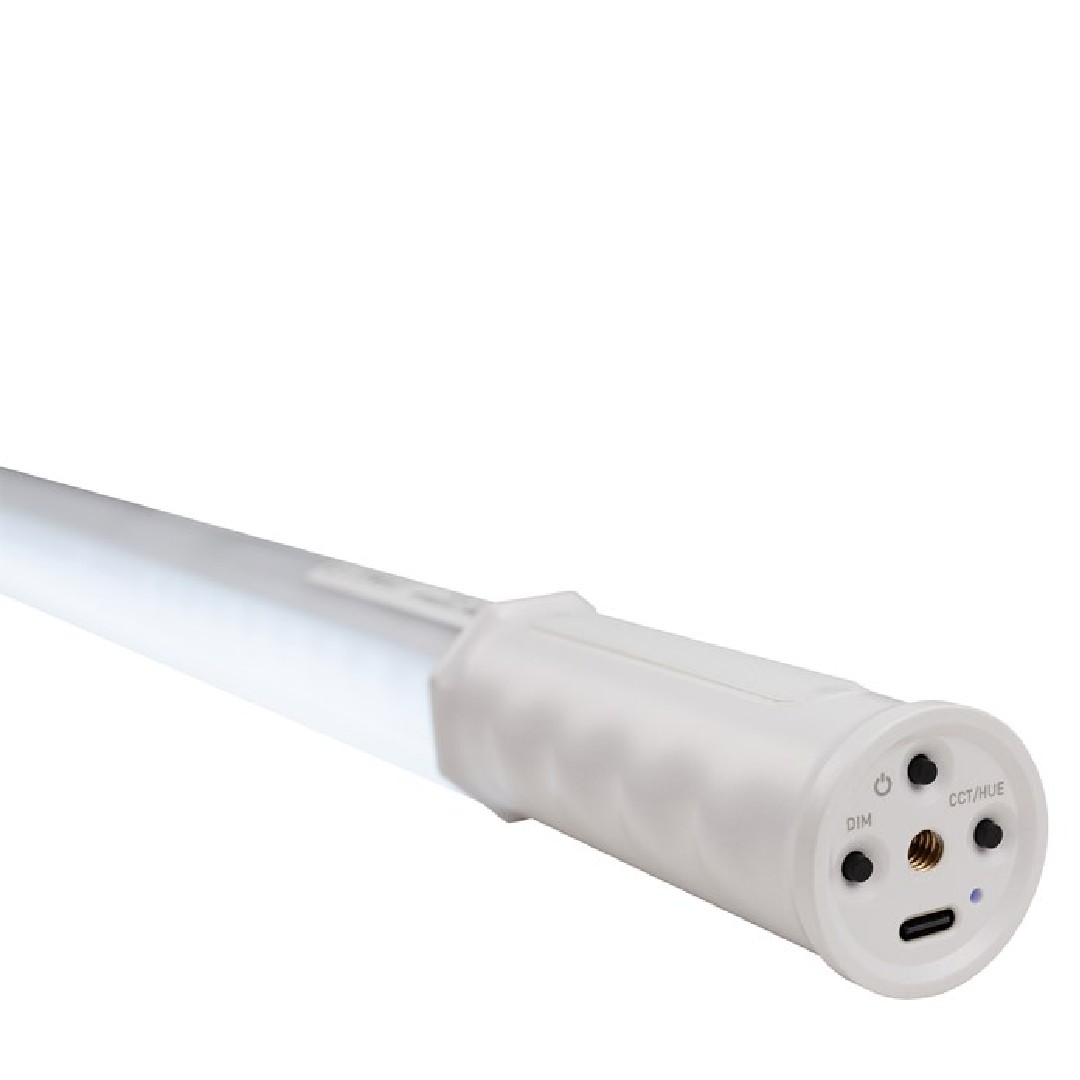
Despite its relatively low cost, this wand has advanced features including animated pixel effects like ‘Driving’, which mimics the effect of passing street lights illuminating your subject’s face.
Read more below
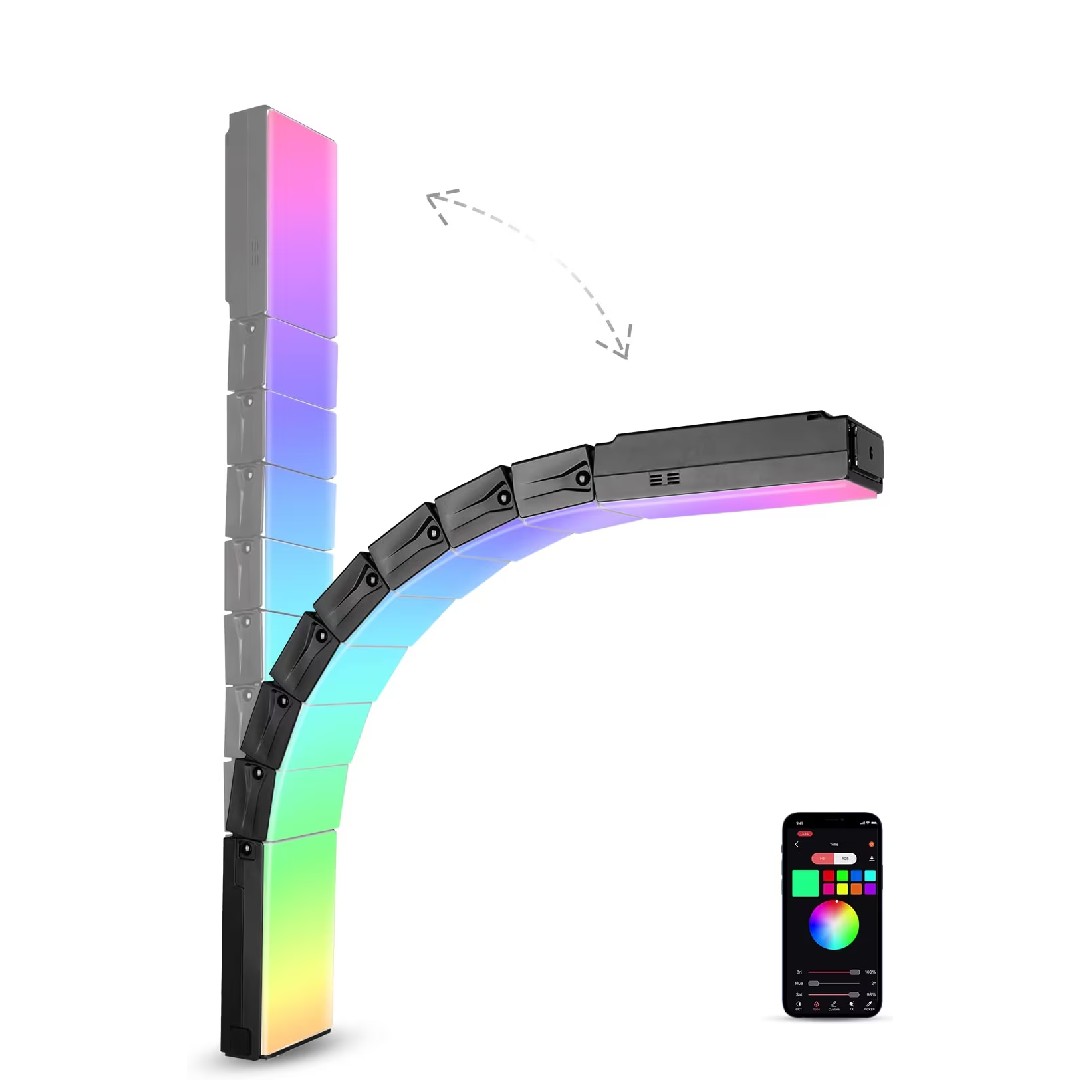
This curved light source is more effective at lighting close-up portrait or product shots rather than more distant subjects. It has two 1/4 inch threads, so you can mount it on a tripod.
Read more below
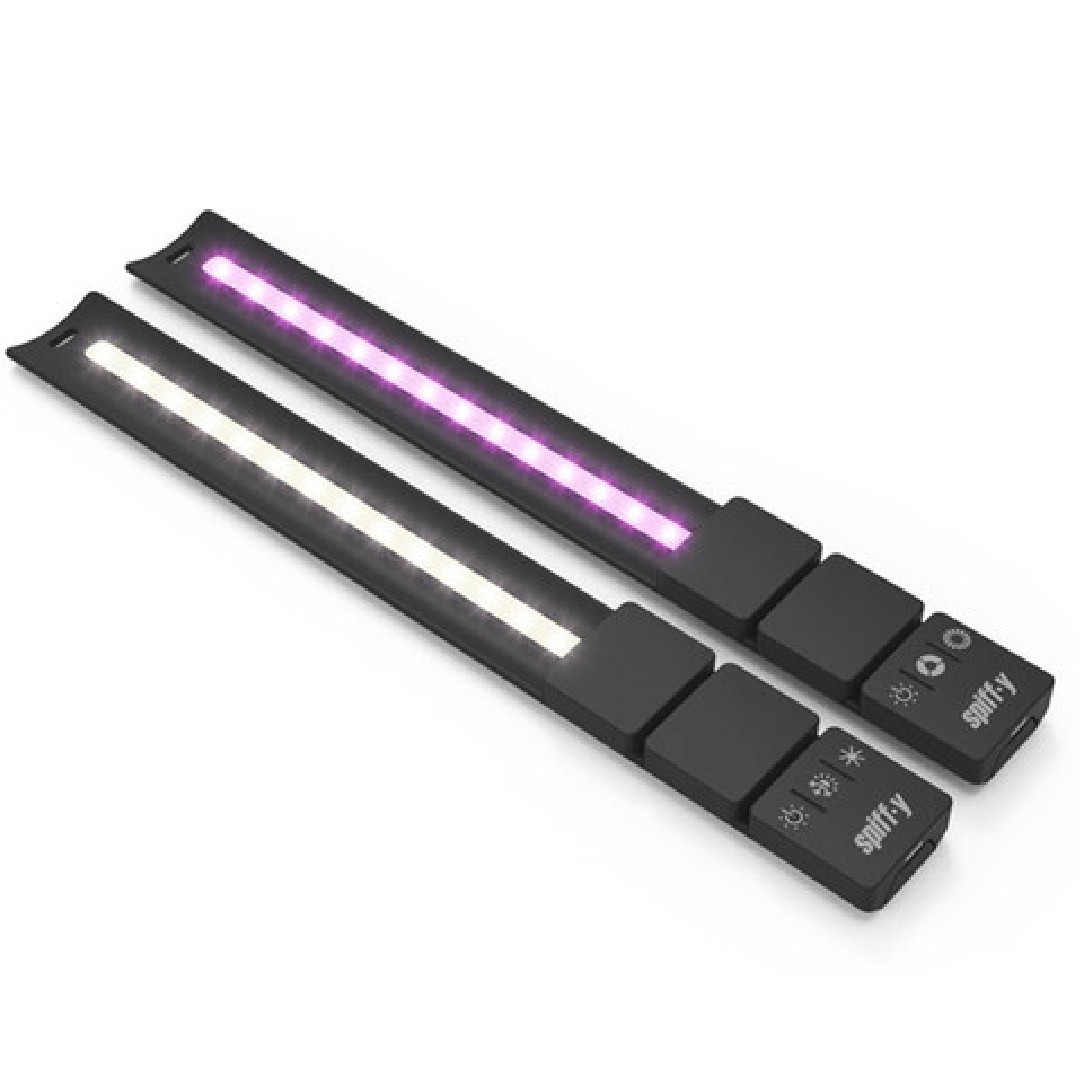
Want a light source you can wear, for the ultimate ease of use? This kit comes with two mini LED light wands that transform from a rigid light stick shape to a bracelet in a snap.
Read more below
Load the next products ↴
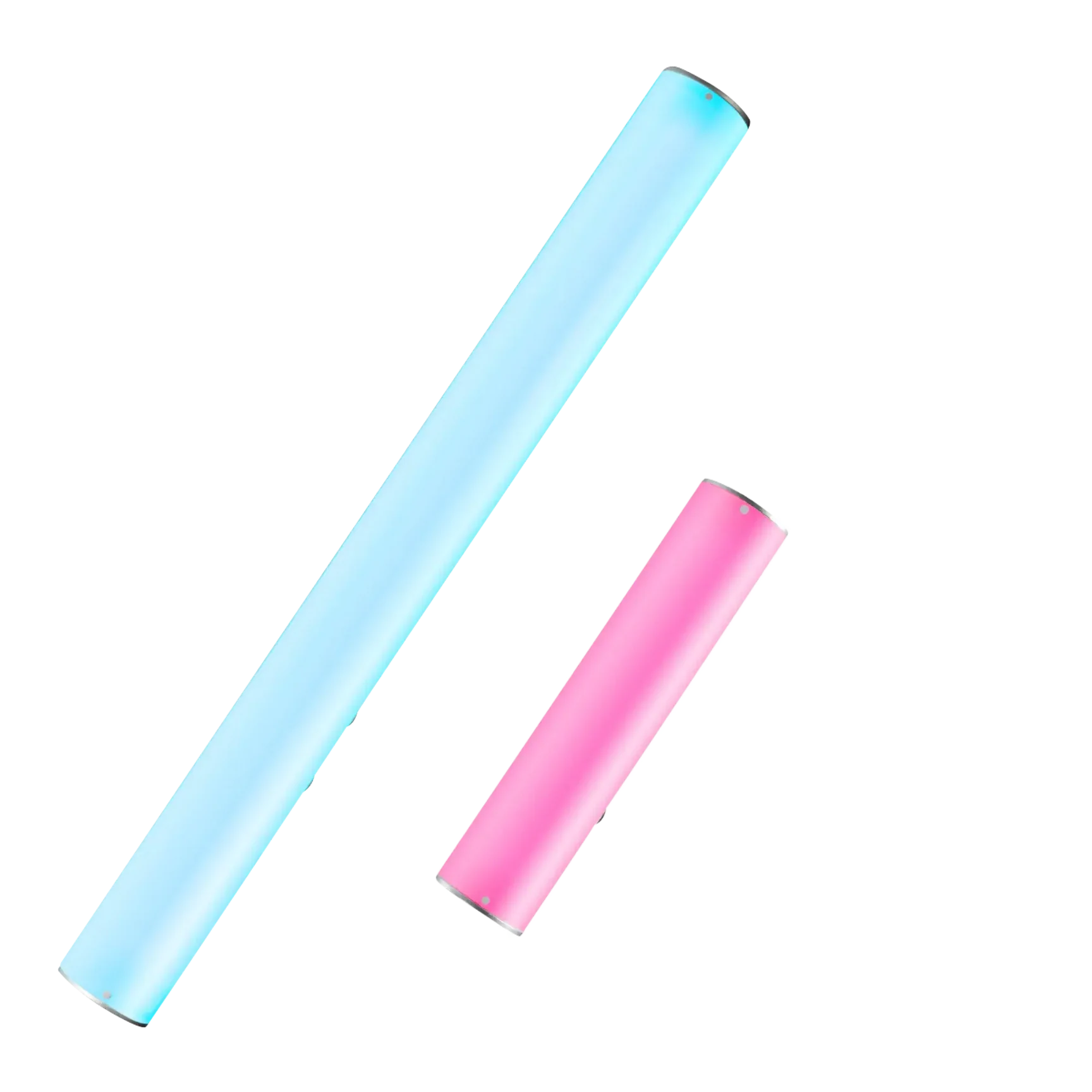
Can't decide between a big light wand and a small one? This kit comprises both, with the bonus of magnetic attraction for easy attachment to metallic surfaces.
Read more below
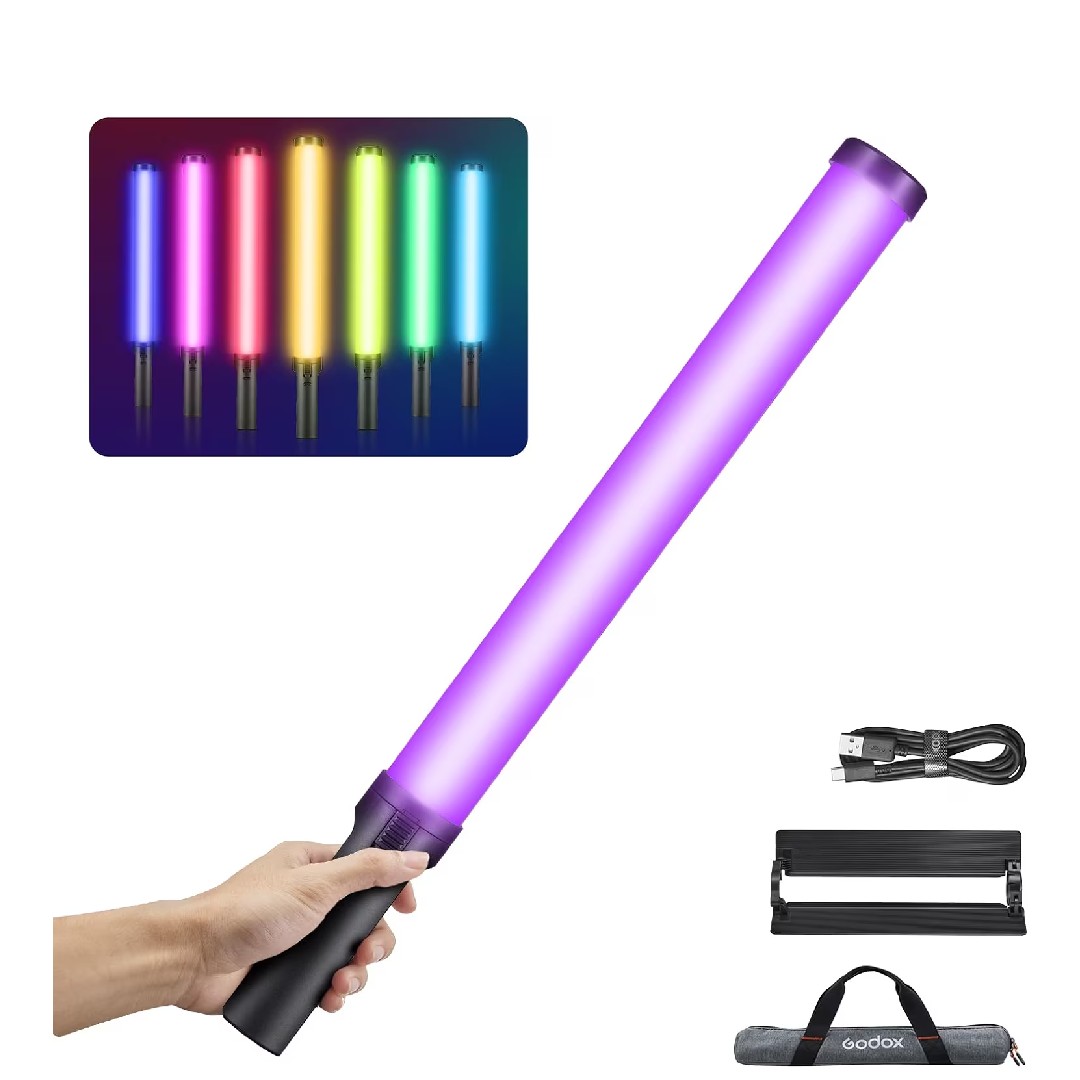
If you’re a smartphone videographer who wants to travel light then this mini LED is well worth considering. At 1.48 feet long it's super-easy to pop into a kit bag.
Read more below
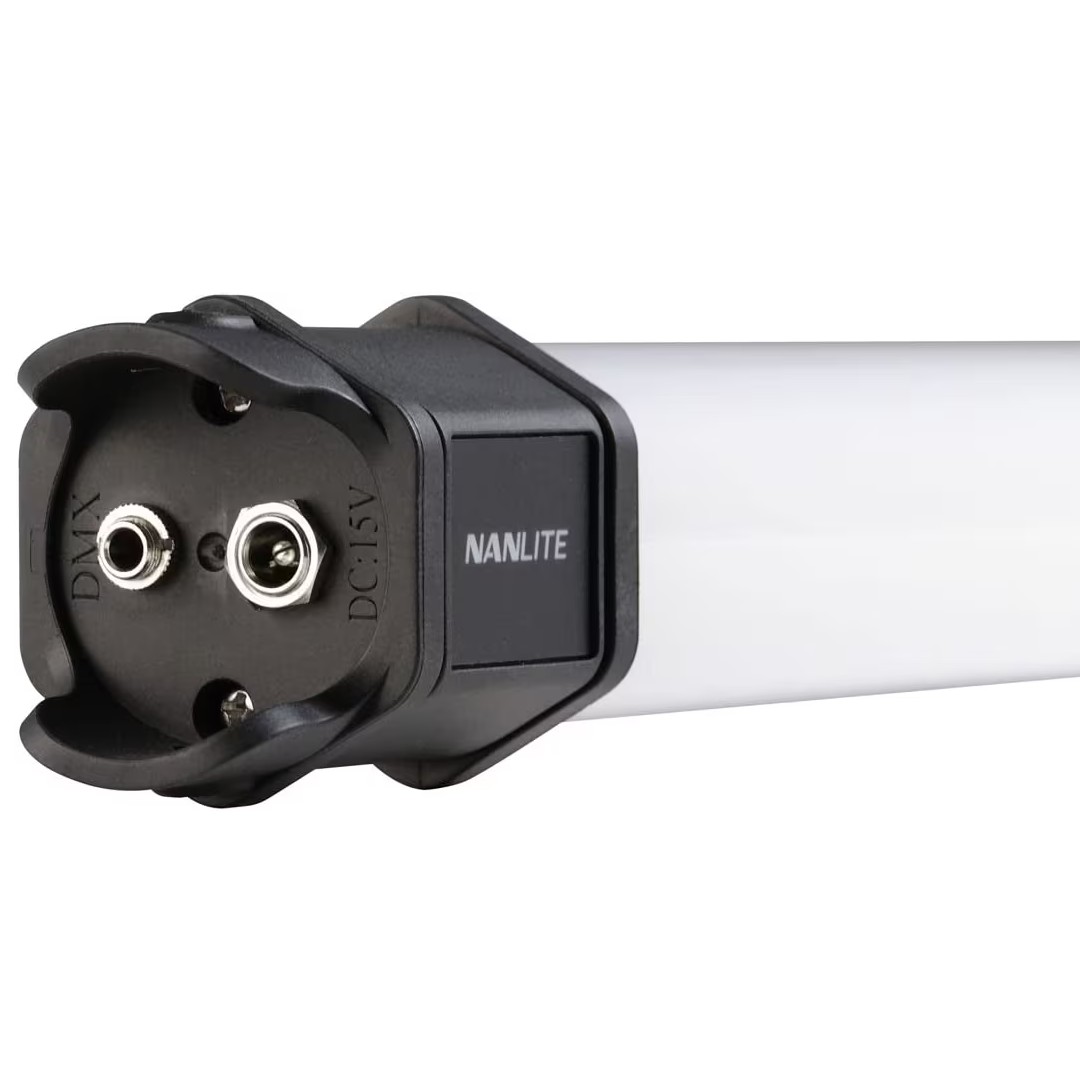
This four-foot-long wand provides a very bright light source, while color-accurate key lighting is equally useful in a photography studio or to help video presenters stand out from the background when on location.
Read more below
The best light sticks for photography
Why you can trust Digital Camera World
Best light wand overall
Specifications
Reasons to buy
Reasons to avoid
The Zhiyun Fiveray F100 is an upgraded model from the Fiveray FR100C, so it boasts more LED chips (324) compared to its predecessor’s 256. The newer model also sports a set of barn doors, so you can control the spread of light more easily. You can dial in a range of color temperatures or adjust Hue, Saturation, and Lightness for a more creatively colorful output.
The F100 also has a collection of six animated lighting effects, which video makers can use to enhance their creative projects. It has a 1/4in threaded hole at the base for tripod mounting (though you’ll need to supply your own tripod).
I love the stick's combination of power and portability when it comes to lighting subjects for photo or video shoots, and it's easily one of the best video lights, despite its size.
See our full Zhiyun Fiveray F100 review
Best dual light kit
Specifications
Reasons to buy
Reasons to avoid
The Viltrox K90 RGB Light kit is a dual-light system comprising two one-meter-long K90 light tubes, which can be used individually or together, thus enabling one to be used as a key light and the other to fill in shadows, thereby 'modeling' subjects and emphasizing their contours. The lights are both bi-color, offering a wide color temperature range from 2500K to 8500K to match various ambient light sources, and RGB, capable of producing thousands of creative colors.
Each K90 tube is capable of 30W output and a maximum luminous flux of 2300 lumens, provided by 448 lamp beads encased in a sturdy white plastic diffused panel, which ensures a soft and even light spread. The lights can be controlled either via a built-in control panel with an OLED display and tactile buttons or, more conveniently, through the Viltrox Link app. The app enables users to access a range of animated effects, create custom color presets, and dial in specific color temperatures or industry-standard gels.
Magnetic clamps are useful for attaching the lights to metal surfaces on location, and there are 1/4" threaded ports for tripod mounting. The entire kit comes in a sturdy black fabric bag for easy transport.
See our full Viltrox K90 RGB Light review
Best compact light stick
Specifications
Reasons to buy
Reasons to avoid
The Lume Cube RGB Tube Light Mini is a compact and versatile LED light that comes in a robust and durable aluminum body, which is also weatherproof and drop-resistant. It offers a strong and even beam, with a wide range of features including a full RGB spectrum with over 16 million color options, and a CCT (Correlated Color Temperature) range of 2700K to 7500K.
The companion Lume Control smartphone app is a delight, and more user-friendly and effective than the physical buttons on the light itself. The app allows for easy adjustment of brightness, color temperature, and creative lighting effects, such as simulating police lights or candlelight. The light also includes clever magnetic end caps that prevent it from rolling and allow for mounting on metal surfaces, as well as standard 1/4"-20 threaded ports for tripod mounting.
Despite its small size, the light is powerful, with a 96+ CRI rating and a 950-lumen output. It has a rechargeable lithium battery that provides approximately 102 minutes of run time at 100% brightness and can even function as a power bank for other devices. It comes complete with a range of accessories, including a mini tripod, wrist strap, and a hard-shell travel case, making it an excellent portable and feature-packed lighting solution.
See our full Lume Cube RGB Tube Light Mini review
Best light wand for budget effects
Specifications
Reasons to buy
Reasons to avoid
Nanlite produces a collection of PavoTube LED light wands that differ greatly in price. Despite its relatively low cost, the PavoTube T8-7X boasts features found in more expensive LED wands, such as the PavoTube II X-Series.
These features include animated pixel effects such as ‘Driving’, which mimics the effect of passing streetlights, illuminating your subject’s face. You can trigger these animated effects via the Nanlink smartphone app, as well as performing the usual LED wand adjustments to color hue and temperature.
At under $100 / £100, it won’t break your budget. I love that you can get your subject to wield the T8-7X light (light saber-style) for creative in-shot light streaks, or mount it on a tripod to add fill light to portraits.
See our full Nanlite PavoTube T8-7X review
Best light wand for product shots
Specifications
Reasons to buy
Reasons to avoid
The Sirui Dragon B25R is marketed as the world’s first ‘bendable’ LED (though I also feature the bendable KYU 6 Light Bracelet in this guide). The Dragon enables you to create a curved field of light, thanks to a series of nine hinged LED panels.
This curved light source is more effective at lighting close-up portraits or product shots, rather than more distant subjects. It has two 1/4 inch threads (at the base and the back) so you can mount it on a tripod (not supplied).
In addition to the ability to change color temperature and hue, you can trigger a generous 16 different lighting effects via a well-designed Bluetooth-connected smartphone app, making this a particularly desirable light stick for creative videographers.
See our full Sirui Dragon B25R review
Best wearable light wand
Specifications
Reasons to buy
Reasons to avoid
This kit comes with two mini LED light wands that transform from a rigid light stick to a wearable bracelet in a snap. In bracelet form, they are perfect for adding light streaks to slow shutter photography or pools of color to portrait shoots. The two light wands in the kit have slightly different features.
The RGB light bracelet has a creative color scheme that can emit primary colors. It also has a collection of animated lighting sequences, such as a flickering fire or mimicking the flashing red and blue of a cop car. The kit’s bi-color bracelet can emit light across the Kelvin scale (from a daylight 600K to a tungsten 2700K), so is able to match other light sources.
It has a different collection of animated effects, including Stroboscopic and Explosion. In addition to buying the light bracelets as a two-pack, there's the KYU-6 Filmmakers Pro Kit six-pack, for more complex lighting scenarios.
See our full Spekular KYU-6 Light Bracelet Duo Kit review
Best magnetic light wand
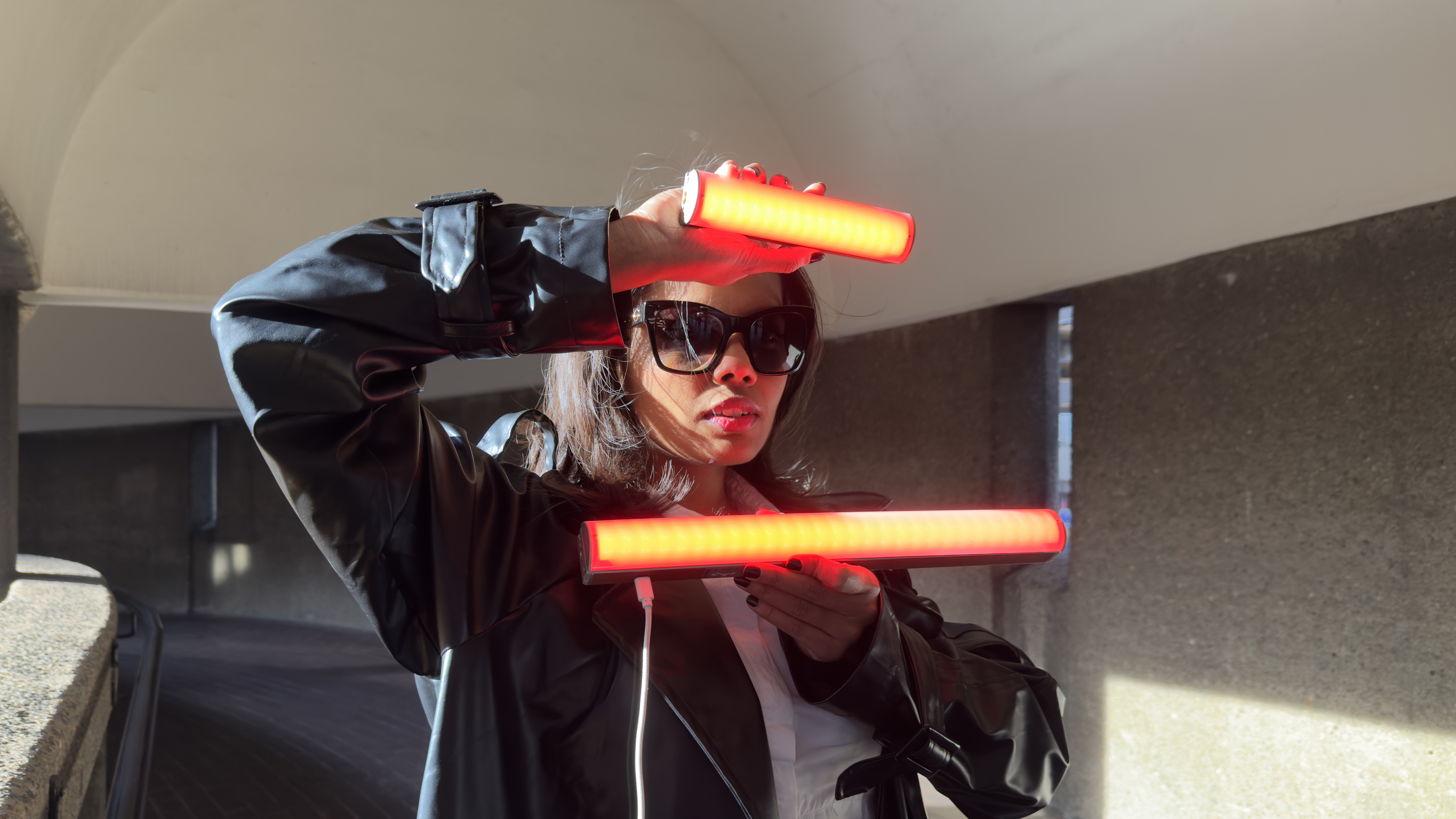
Specifications
Reasons to buy
Reasons to avoid
The Harlowe Blade 5 & 10 Bi-Color & RGB Tube Light Kit’s key components are two LED tube lights. The Blade 10 is the largest and brightest (360mm long with an output of 900 lumens) and is about the same length as a MacBook Pro, so it's nice and portable. The smaller Blade 5 is the same length as an iPhone 15 (164mm), and it emits 400 lumens. Both have the distinctive look found in all Harlowe (formerly Hobolite) LEDs, with a brown faux leather panel on the sides and a metallic silver frame. They feel reassuringly heavy, which gives the sense of a quality build (in contrast to the plastic bodies of some other tube lights). Both bi-color lights emit light between 1700K and 10000K in the Kelvin range, a much wider range than many other LEDs can stretch to.
The Blades have an RGB pedigree too, and can produce 36,000 different colors, which is perfect for creative portrait photography. They include a collection of animated effects for filmmakers to utilize, including Flash, Flame, TV Screen Light, Lighting, Pulse, Fireworks, Shutter, and Explosion. Disappointingly, however, the almost ubiquitous ‘cop car’ effect is absent.
The two Blades (and 'Blade' is a much cooler name than 'tube'!) are shipped in a robust Harlowe-branded carry case, which also contains a collection of accessories, such as a magnetically attachable frosted dome that diffuses the light to create less harsh shadows. Talking of magnets, both Blades will magnetically clamp to metal surfaces, which is handy when filming in vehicles where a tripod may not be so useful. There’s also a set of magnetically attachable barn doors for each Blade, so that you can control their spread of light. The Harlowe Blade 5 & 10 Bi-Color & RGB Tube Light Kit is relatively expensive, but you can buy the Blades separately to suit your shooting needs and budget.
See our full Harlowe Blade 5 & 10 review
Best light wand for travel
Specifications
Reasons to buy
Reasons to avoid
As its name suggests, the Godox LC500R Mini is one of the most compact LED wands around, so if you’re a smartphone videographer who wants to travel light, then this mini LED is well worth considering. At under 1.5 feet in length, it’s easy to pop into a kit bag; however, as a mini LED, it lacks the power of some rivals, emitting 1,580 lux compared to the 20,708 lux from the 100W Zhiyun Fiveray F100, for example.
Despite its weaker light emission, it still does an impressive job in low-light locations. I tested the Godox LC500R Mini in a cave, and it filled the entire location with light. In fact, I needed to dial down the intensity to avoid my face becoming overexposed, even at a distance. In brighter sunlight, the 20W LED struggled to make a difference when I used it as fill light for a portrait, but it’s a winner in low light!
What I particularly enjoyed about using the Godox LC500R Mini was triggering various modes via the companion Godox Light smartphone app. The app enables you to control every property of the light, from intensity to color temperature to choosing a colored gel with a tap. I had fun using the app to trigger a wide range of animated FX presets, from a flickering fire to flashes of lightning. Like many RGBWW light sticks, you can also summon the lights of a police car, which is perfect for enhancing a crime drama.
See our full Godox LC500R Mini review
Best light wand for power
Specifications
Reasons to buy
Reasons to avoid
Nanlite is a prolific maker of LED wands, and the four-foot-long PavoTube II 30C is the upgraded version of the Nanlite PavoTube 30C (which we have previously reviewed). The Mark II version is 20% more powerful than its predecessor, so it gives you a brighter light source and more color-accurate key lighting in a photography studio, or can help a video presenter stand out from a background when on location.
The older model lacked Bluetooth connectivity, but I am very pleased that the PavoTube II 30C now has this essential feature, enabling wireless control of the LED wand’s colors and effects via the Nanlink smartphone app. The newer model also boasts 15 special lighting effects compared to Mark 1’s miserly five. A supplied clip enables you to mount the PavoTube II 30C on a tripod.
See our full Nanlite PavoTube 30C review
FAQs
What is a light wand?
A light wand, also known as a light stick or light tube, is a portable handheld device that produces bright illumination along its length. It typically consists of a transparent or translucent plastic tube that contains light-emitting elements, such as LEDs (light-emitting diodes) or electroluminescent wires.
How do light wands work?
Like LED light panels, light wands are packed with dozens of light-emitting diodes. However, unlike LED panels, they are arranged in a narrow ‘light saber’ style column. Each diode can change color, often independently of the other diodes in the wand. This is the key to providing a range of creative and practical lighting scenarios.
How do photographers use light wands?
The continuous light source emitted by an LED (light emitting diode) wand can bring out the shape and form of your subject, change the mood of the scene using multiple colors, and even add special animated lighting effects to video footage.
Many of the light wands in my list can be controlled remotely via Bluetooth and a smartphone app, so you can trigger animated lighting presets with a single tap (such as a flashing police car's light), or dial in a specific color temperature to complement your location’s other light sources. You can also change the hue, saturation, and brightness of most of the featured light wands more quickly than the traditional method of clipping colored gels to a lamp’s barn doors.
How to choose the best light wand
When selecting a light wand for photography, prioritize brightness and color accuracy. Look for models with adjustable intensity and color temperature settings to suit different shooting scenarios. Consider the wand's length, ensuring it provides adequate coverage for your subject area. Seek durable, lightweight, and portable options with long battery life. Explore features like wireless control, dimming, and special effects modes.
How we test the best light wands
When we test light wands, we assess key performance factors like brightness, battery life, and durability through hands-on trials. We evaluate ease of use, ergonomics, and additional features across various scenarios, from outdoor activities to event lighting. We measure lumen output and color accuracy, and also consider factors like charging time, weight and build quality.
The best camera deals, reviews, product advice, and unmissable photography news, direct to your inbox!
George has been freelancing as a photo fixing and creative tutorial writer since 2002, working for award winning titles such as Digital Camera, PhotoPlus, N-Photo and Practical Photoshop. He's expert in communicating the ins and outs of Photoshop and Lightroom, as well as producing video production tutorials on Final Cut Pro and iMovie for magazines such as iCreate and Mac Format. He also produces regular and exclusive Photoshop CC tutorials for his YouTube channel.
- Adam WaringGuides Editor
